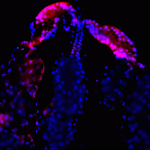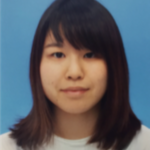Link to Pubmed [PMID] – 35658055
Link to DOI – 10.1371/journal.ppat.1010593
PLoS Pathog 2022 Jun; 18(6): e1010593
Flaviviruses, which are globally distributed and cause a spectrum of potentially severe illnesses, pose a major threat to public health. Although Flaviviridae viruses, including flaviviruses, possess similar genome structures, only the flaviviruses encode the non-structural protein NS1, which resides in the endoplasmic reticulum (ER) and is secreted from cells after oligomerization. The ER-resident NS1 is known to be involved in viral genome replication, but the essential roles of secretory NS1 in the virus life cycle are not fully understood. Here we characterized the roles of secretory NS1 in the particle formation of flaviviruses. We first identified an amino acid residue essential for the NS1 secretion but not for viral genome replication by using protein-protein interaction network analyses and mutagenesis scanning. By using the recombinant flaviviruses carrying the identified NS1 mutation, we clarified that the mutant flaviviruses employed viral genome replication. We then constructed a recombinant NS1 with the identified mutation and demonstrated by physicochemical assays that the mutant NS1 was unable to form a proper oligomer or associate with liposomes. Finally, we showed that the functions of NS1 that were lost by the identified mutation could be compensated for by the in trans-expression of Erns of pestiviruses and host exchangeable apolipoproteins, which participate in the infectious particle formation of pestiviruses and hepaciviruses in the family Flaviviridae, respectively. Collectively, our study suggests that secretory NS1 plays a role in the particle formation of flaviviruses through its interaction with the lipid membrane.

